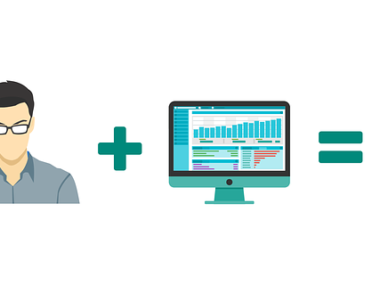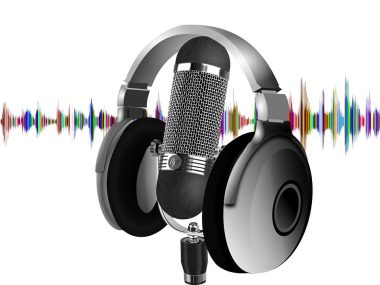Of the many business success stories of the internet age, few have been quite as impressive as PayPal. By inventing a category of business that simply didn’t exist, or need to exist, before the world went online, it has gone on to achieve market dominance in a very big way.
The stats are staggering. It’s used in a total of 202 countries worldwide by an estimated 286 million people and handles over 16 million different merchant accounts and payments on almost 770,000 websites. What’s more, around 18% of all ecommerce transactions are carried out on PayPal making it a major competitor to the traditional banking sector.
How did we get where we are today?
The timeline of PayPal’s existence has many twists and turns along the way. It first started operating 1998 when it was called Confinity. In those days, its key purpose was to provide a security system for the first hand-held devices that were emerging at the time. Despite optimistic predictions, it never found the market it was searching for so the strategy changed with the aim of creating the first ever digital wallet.
This was an idea that was perfectly-timed to succeed and March 2000 Confinity joined forces with a business called X.com headed up by Elon Musk – not quite yet the richest man in the world but starting on his way there. He cunningly predicted that online money transfers were set to be huge, and he was right.
Another online business that was in its early days was eBay. Never before had there been an online marketplace where buyers and sellers could trade with each other. But as online banking was not yet widespread, an alternative was needed. PayPal was the perfect solution and eBay bought it for $1.5 billion in 2002.
By 2010 PayPal had acquired 100 million users and dealt in 25 different currencies and, in 2014, eBay announced that it was to be made an independent company, a status it enjoys today. The split away from eBay came as a result of considerable pressure being exerted by by a major shareholder called Carl Icahn. Following a concerted campaign that attracted the interest and attention of other major shareholders, Paypal’s directors gave way to the inevitable.
Following its independence, PayPal went on something of an acquisition trail. In 2014 it bought Venmo and in 2015 it paid $890 million for Xoom, followed by a company called Paydiant for $280 million.
This aggressive approach to growth has shown up on the bottom line and in 2019 its earnings were almost $2.6 billion from a turnover of $17.7 billion and the latest figures show the company having a market capitalization of around $356 billion today.
The businesses that have built its success
During the period that PayPal had been building its business, a number of other sectors had been following suit. It was also proving to be increasingly popular in countries where people were looking for alternative ways to bank. A trend has also emerged for residents of one country in a particular continent to open a PayPal in another.
An example of this is the number of Nigerians who choose to open their account somewhere like Lesotho. The fact that PayPal now allows withdrawals in 56 currencies and will receive 100 different kinds makes it especially appealing in this respect.
But it’s also its adoption by a number of different sectors that has led to its great success with one of the leading ones being the online casino world. This has seen the huge growth of PayPal poker in particular with many players choosing it as their preferred method of money transfer. The fact that a number of different accounts and sources of funds can be linked to a PayPal account makes it especially practical, as does its speed of transaction.
Of course, there are plenty of other sectors that use it extensively from travel to technology and entertainment to health. E-commerce in general has also continued to embrace the system, particularly for smaller retailers and those who want to offer their customers as many payment options as possible.
All users of the service benefit from the same set of features which include the facts that:
- It’s secure
There are very high levels of security and encryption so users can be sure their transactions will be safe and their personal details are fully protected.
- It’s convenient
Once an account’s been set up, there’s no need to laboriously type in card numbers and other security details as they’re all already on record.
- It’s fast
Sometime banks can take days to make payments and transfers, particularly when dealing with different currencies. But with Paypal it can be almost instantaneous.
- The fees are low
Compared with competitor e-wallets like Skrill and Netelle, PayPal fees are quite considerably lower
- It can work like a real bank account
Because so many places accept PayPal today, it’s possible to make payments direct from a user’s account.
PayPal goes crypto
Late last year, PayPal made the shock announcement that users would also be able to pay with cryptocurrencies on the service. This will undoubtedly attract new customers to the service and will also help Bitcoin and its rival move more into the mainstream.
So it looks like PayPay is going to continue to create waves for some time to come – great news for users, and even better news for shareholders who are set to see the value of their investments soar.







